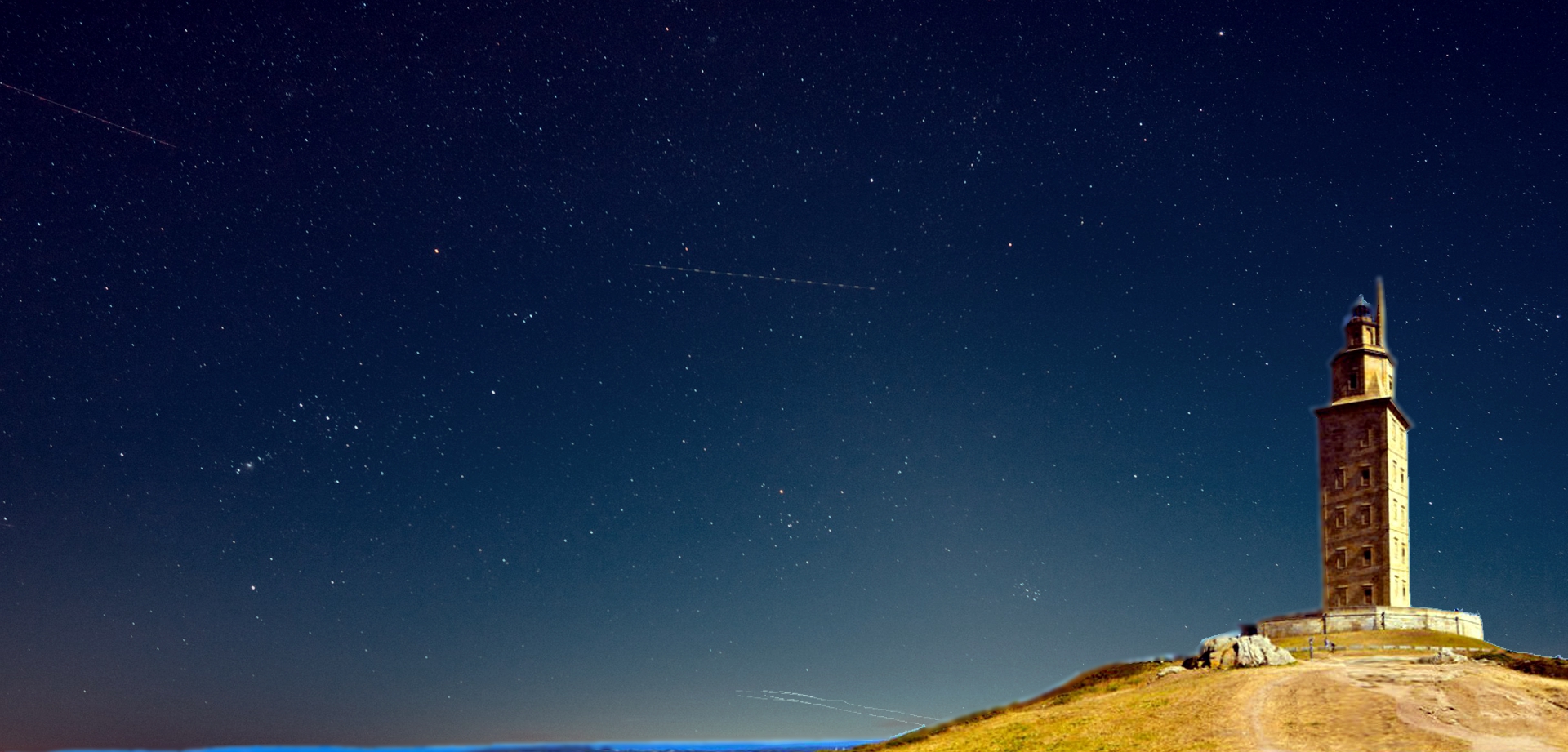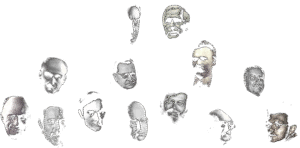José Ortega y Gasset
Ortega’s notion of vital reason and his diagnosis of modernity’s disorientation echo throughout my work. Like him, I critique mass society and its surrender to mediocrity. But I go further—proposing not only diagnosis but also operativity: the task of building form in time. My autobiographical reflections, literary structure, and integral vision of discipline reflect Ortega’s idea that life is a project, not a given—a noble project requiring vision and will.



